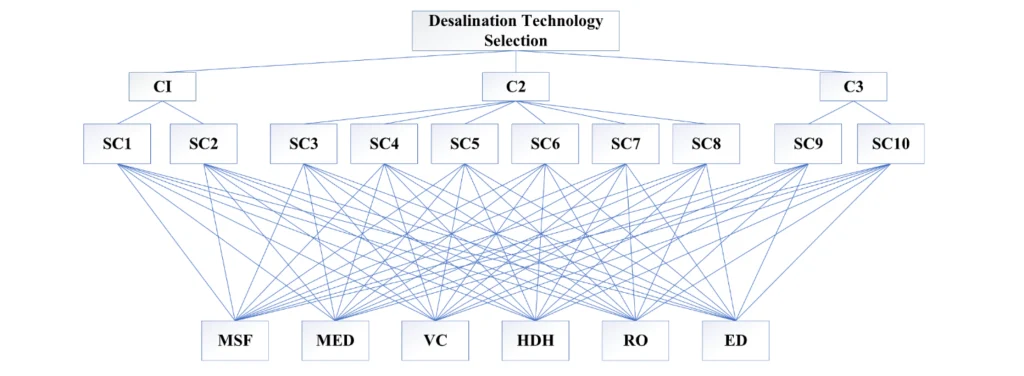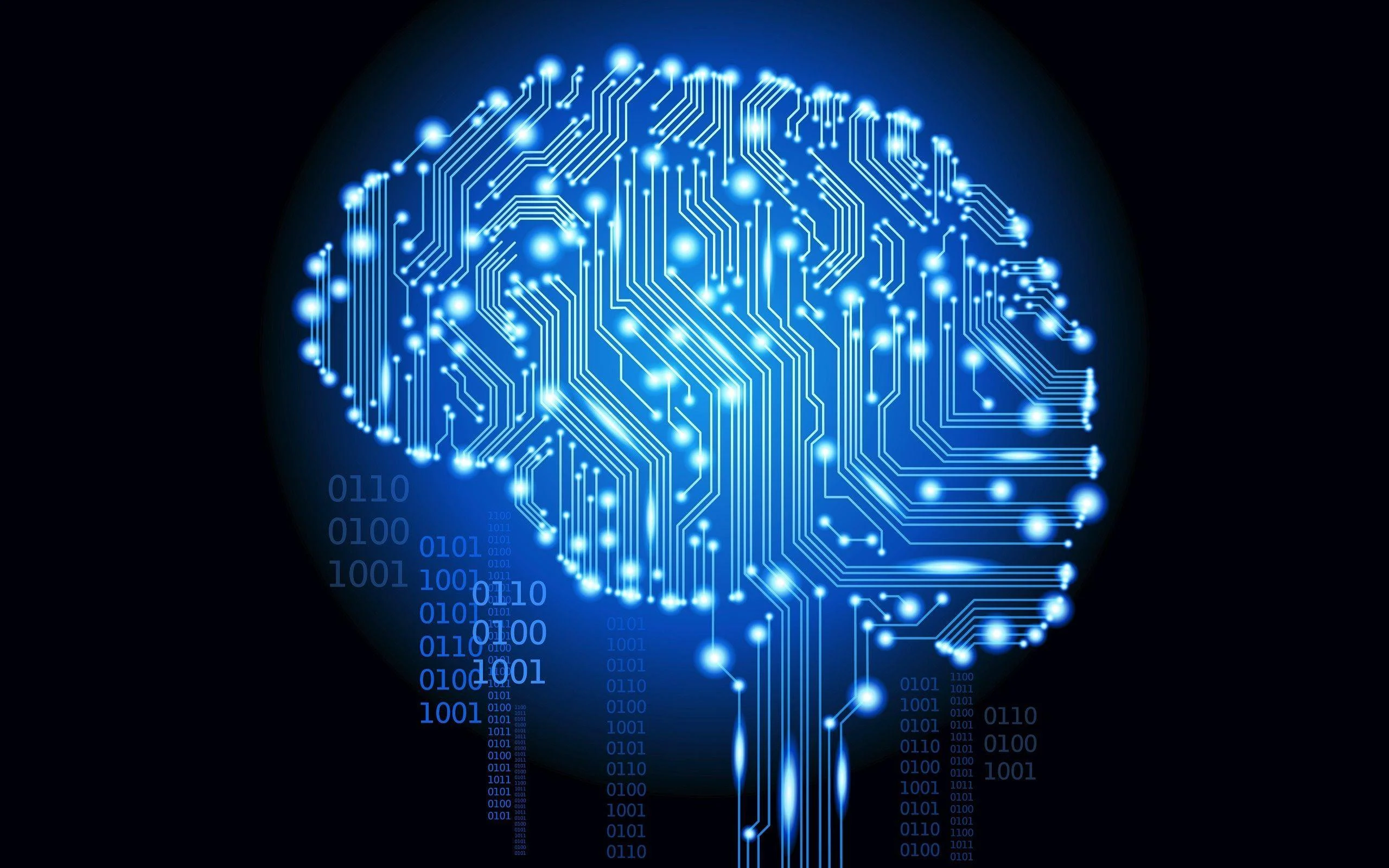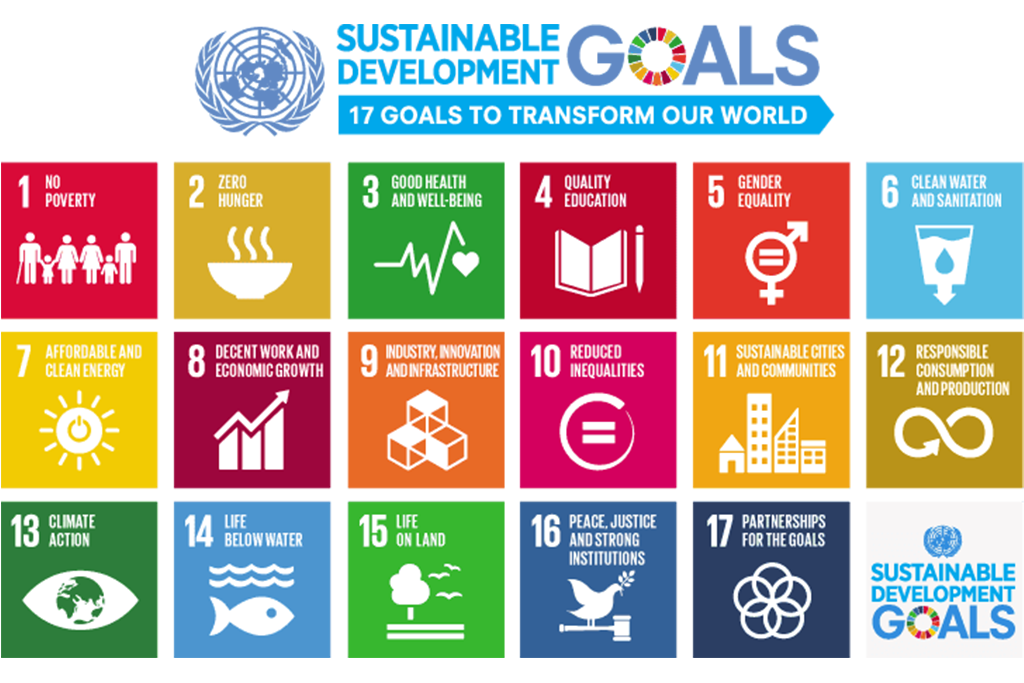I am a huge believer in artificial intelligence and machine learning, and have learned to write and implement AI/ML programs in real-life situations such as predicting the next NBA MVP or classifying different facial expressions in real-time to identify signs of depression. Most recently, I have been working on an inter-disciplinary approach to use AI in my pursuit of water treatment methods.
I came across an interesting Science Direct article about “Artificial intelligence application in a renewable energy-driven desalination system: A critical review.” The study by researchers from the Bejing Institute of Technology led by Hui Kong, an assistant professor of Mechanical Engineering, reviews how the use of artificial intelligence and renewable energy can improve the desalination process’ optimization/efficiency and reduce the energy cost and carbon footprint.
Remember my blog about the Stanford engineering team article that describes how the desalination component cost optimization would require the analysis of many different complex variables? Well, this Beijing study emphasizes the AI necessity to consider many desalination variables––brine, management, air pollution, renewable energy use, reliability, scalability, water recovery, treated water quality, and cost evaluation (Stanford approach, LCOW, CAPEX, OPEX)–– to improve process optimization, efficiency and reduce energy cost and carbon footprint.
Because many parameters are involved in the desalination process, it is necessary to predict and optimize the parameters when setting them wherein AI can perform large and complex computing tasks efficiently. The researchers predicted that it would be most optimal to have an intelligent algorithm divided into four main sites: site selection (ranks the importance of the factors and computes weights), parameter optimization (determines the design variables, objective functions, and constraints), technology decision (identifies the criteria and sub-criteria about the alternatives), and energy prediction (computes the relationship between inputs and outputs under different variables). The results of each would be interpreted and directly applied to the desalination module/plant as well as the renewable energy (most likely solar) generators.

Overall, it’s very important to try and make use of modern technology in our lives in every way possible. As scientists, we strive to develop something new to apply it to our lives and elevate the human race and the world as a whole.
Questions:
- Did the Bejing research team apply their findings and AI control capability to an actual AI program and implement it in real-world applications?
- I would like to see examples of how the various algorithms (genetic algorithm, artificial neural network, and decision support system) were used.
- As an intern at the Milwood Water Treatment Plant in New York, I would like to learn what is the best way to implement AI algorithms to make the water treatment plant more efficient and help reduce operating costs (including electricity) for the township?









